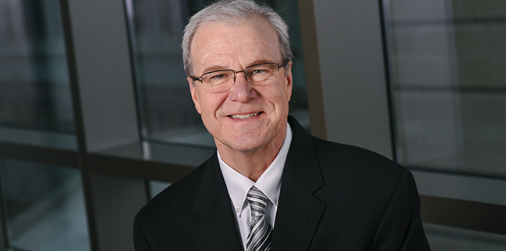Turning muscle into a protein factory for gene therapy treatments
Interdisciplinary team of UMass researchers maps the cellular production of protein and discovers how to boost its output

In a new study, researchers at the University of Massachusetts Amherst and UMass Chan Medical School mapped the expression and maturation of the protein alpha-1 antitrypsin (AAT) with unprecedented clarity. The results, which detail the molecular folding of the protein, were published in the Proceedings of the National Academy of Sciences and will help to develop specific therapies to treat an inherited disease known as alpha-1 antitrypsin deficiency, as well as more effectively treat a wide range of genetic diseases.
Alpha-1 antitrypsin deficiency arises when a mutation to the AAT gene in DNA produces a dysfunctional form of the AAT protein. Production of defective AAT or inadequate amounts of AAT can cause serious lung and liver diseases. These diseases must be treated either by delivering the missing proteins to the body, or, even better, teaching the body to make the missing proteins for itself by introducing an intact copy of the specific protein-producing gene into the right cell’s DNA.
Teaching the body to make a missing protein, however, is challenging. To do so, you first need to get the right protein-producing gene into the body, typically via an intramuscular injection and to the specific cells that make that protein. Next, you have to ensure that once the body starts making the protein it had previously been missing, that protein is correctly folded into its proper, final shape—in the case of AAT, that shape looks like a loaded mousetrap ready to be sprung. Finally, that correctly folded protein needs to make its way from the cell to wherever in the body it is needed.
It is an enormously complex series of problems that requires a research team with expertise in molecular biology, cellular biology, protein folding and gene therapy, as well as cutting-edge research facilities in which to conduct the work.
“This project is the result of more than a decade of collaboration and runs the gamut from lab-based basic science to the bedside,” says Daniel Hebert, PhD, professor of biochemistry and molecular biology at UMass Amherst and one of the paper’s co-authors.
Terence R. Flotte, MD, the Celia and Isaac Haidak Professor, executive deputy chancellor, provost and dean of the T.H. Chan School of Medicine and a pioneer in gene therapies, has developed a way to use the harmless adeno-associated virus, or AAV, as a vehicle to deliver gene therapies.
“We have completed three clinical trials in which we inject AAV containing the normal version of the AAT gene into muscle to create a ‘sustained release’ of the protein in AAT deficient patients,” said Dr. Flotte. “But until now we did not understand how well the AAT protein was processed within the muscle at biochemical level.”
Not all of the body’s cells are capable of making all the proteins the body needs. AAT, for instance, is best made in the liver. But, since most injections are targeted to muscle, the team needed to figure out how to get muscle cells to act more like liver cells in their production of AAT, and then how to get the AAT produced in the muscle to the lungs and liver where it is needed.
Dr. Hebert found that muscle cells are actually poor producers of AAT protein. To help increase AAT produce in muscle cells, Hebert developed a technique that increases the secretion of AAT in muscle cells by about 50 percent using a kind of chemical, known as a proteostasis regulator, called suberoylanilide hydroxamic acid, or SAHA.
“It’s a way to get the muscles to do some of the liver’s work,” Hebert said.
And yet, not all the ATT proteins were the same. Their shape is crucial in determining how, or whether, a protein works the way it should.
The process of how a protein assumes a specific shape—called the protein-folding problem—has been the focus of Lila Gierasch, PhD, distinguished professor in biochemistry and molecular biology at UMass Amherst, throughout her career.
“These protein molecules are absolutely fascinating,” said Dr. Gierasch. “They look like little mousetraps and they need to be metastable. It’s a very special shape, and it has to be exactly right, or else the protein won’t function the way it should.”
Though the team has focused on AAT-deficiency as a case study, its work shows that combinatorial treatments, which include both gene therapies and proteostasis regulators, can boost the efficacy of gene therapies, not only for AAT-deficiency, but for many genetic disorders more generally.
“Our ultimate goal,” said Gierasch, “is to provide an easy shot that could cure a very difficult, potentially devastating genetic disorder. It takes a widely interdisciplinary team, with expertise gleaned both from the lab and by the patient’s side, to come up with an answer.”